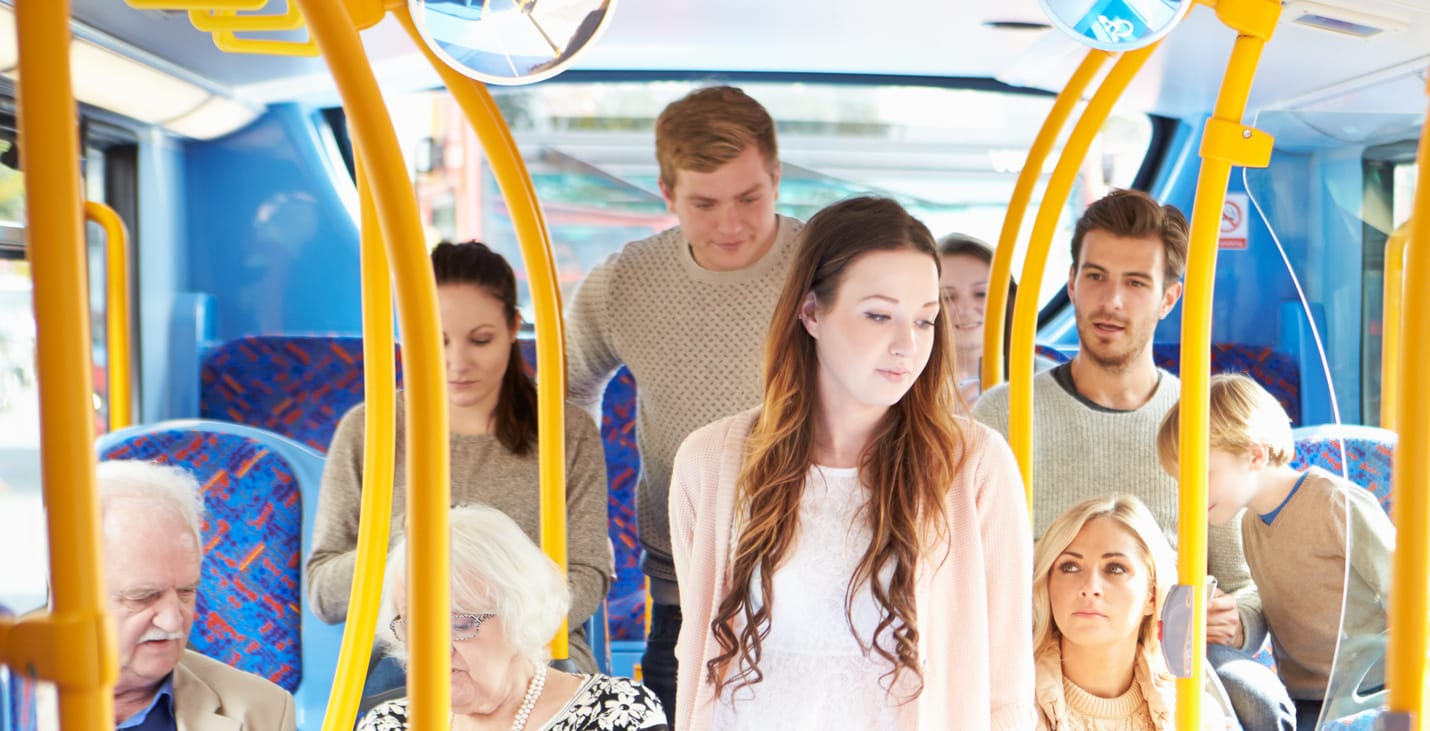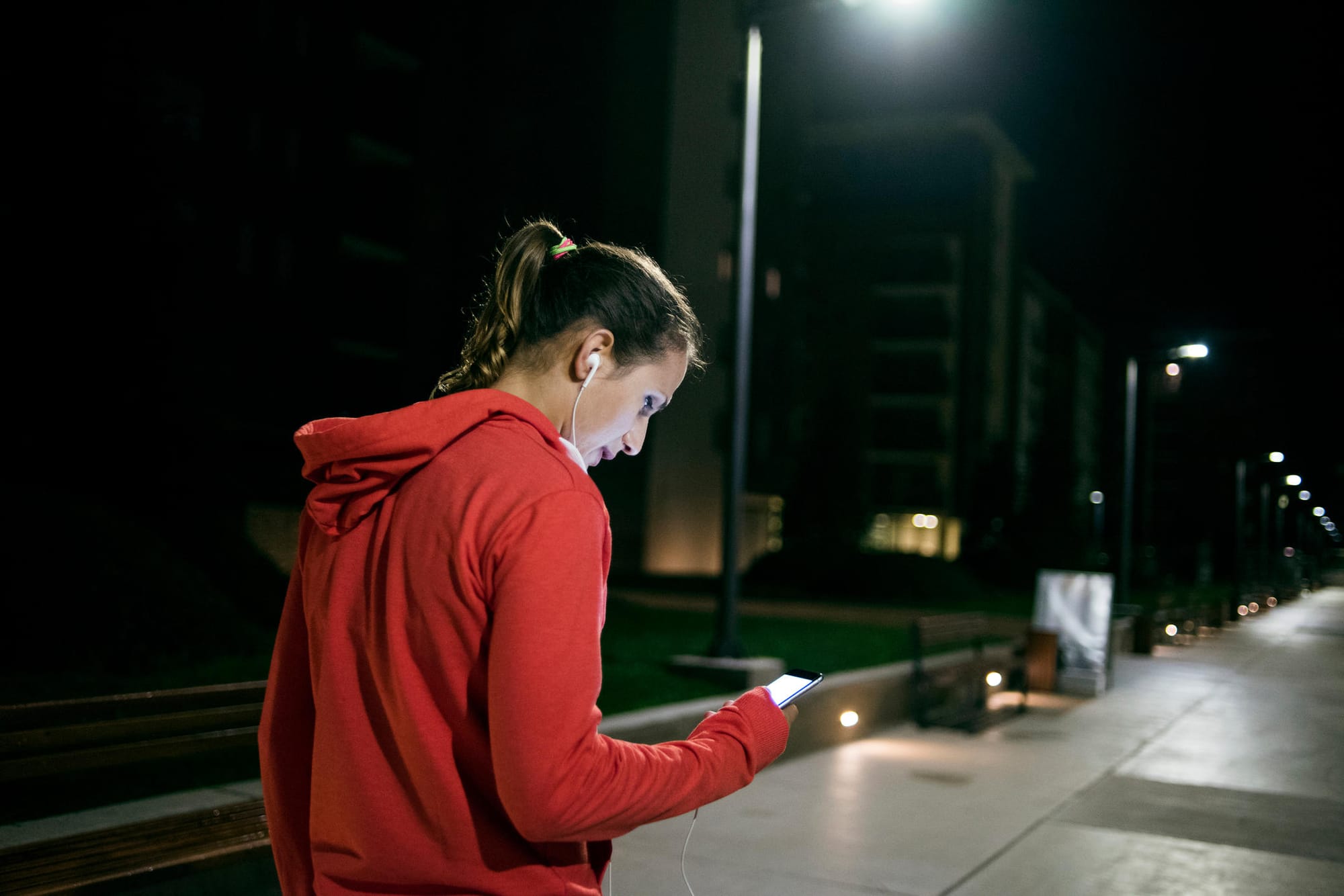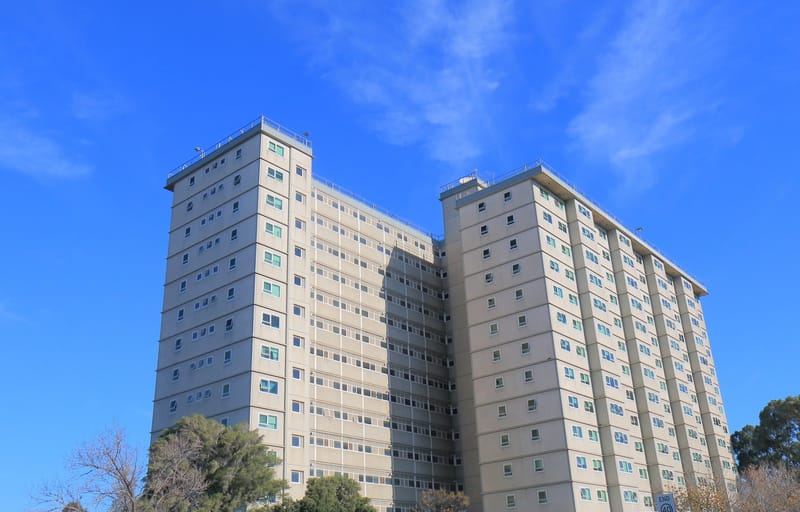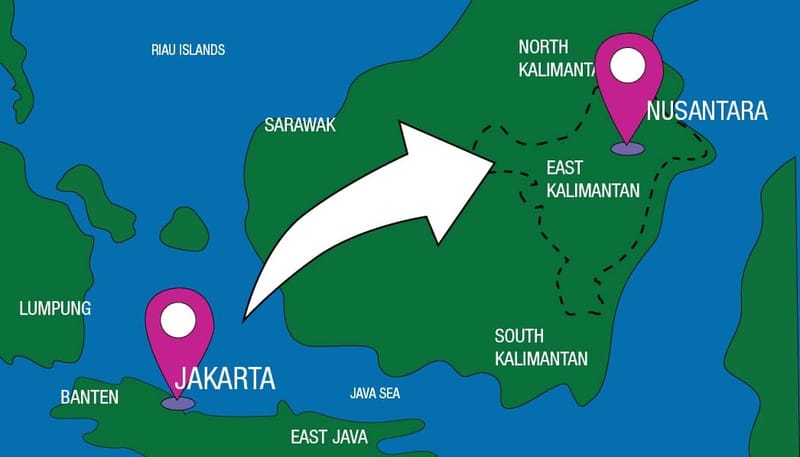
Imagine a crowded train, people squashed up against each other, and a schoolgirl in the centre of the circle.
When the girl leaves the carriage, she's uncomfortable about what's happened; she couldn’t move away from the older man who was pressed against her back.
Dr Nicole Kalms, senior lecturer at Monash Art, Design and Architecture (MADA), and director of its XYX Lab, paints the scenario when describing her work on making public transport safer for females.
She says the girl doesn’t speak out, but if she did, who would she report the incident to? Importantly, it's likely that this behaviour is not unexpected. What if it were a normal part of her experiences in urban spaces?
One in 11 women has reported being sexually harassed on public transport. We know that about 80 per cent of cases don’t get reported at all.
“Our research has discovered that one of the main places sexual violence occurs is in public transport spaces,” she says. These spaces encompass buses, trains, trams, taxis and ride-sharing services, and also “pedestrian subways and bridges, stations, access and bike paths”.
Encounters in these zones tend to be anonymous and transitory, says Dr Kalms, and can be uncomfortable for women. “You think about empty laneways and dark nights, but it’s not that at all. It’s really busy places where women are being groped or where they're cat-called ...”
Victorian police statistics from 2013-14 show that one in 11 women has reported being sexually harassed on public transport, says Dr Kalms. Sexual harassment is a broad category that includes unwanted touching, voyeurism, unwanted sexual comments or jokes, indecent exposure and sex-related insults.
“One in 11 is actually a false figure, because we know that about 80 per cent of cases don’t get reported at all,” she says.
Since the XYX Lab was established a year ago, she and her fellow researchers have been investigating design solutions to the problem. That is unlikely to be “a new train, with a new kind of system that will prevent sexual harassment”, she says, although measures that reduce crowding on carriages would help.
“The problem is social and behavioural, so it’s tricky. And yes, there are things we can do that are gender-sensitive that might make things better.”
The XYX team has met Protective Services Officers (PSOs) who patrol train stations at night, and who are interested in what they can do to make women feel safer.
“They've found that female PSOs are much more effective than male PSOs in de-escalating issues, generally,” says Dr Kalms.
Women are also more likely to report an incident to another woman. “I think there will be a campaign to recruit more female PSOs because they actually do a terrific job,” she says. But the PSOs are also not allowed to leave the platform, so their role is limited.
Creating safe urban spaces
Communication strategies can also help. A 2013 British Transport campaign, Project Guardian, encouraged women to “report anything that makes you feel uncomfortable ... no one should be made to feel uncomfortable on their journey”.
The campaign raised awareness of what constituted harassment, improved reporting rates and contributed to women feeling safer on the Tube. “So an advertising campaign, which is a design thing on a train, can have a big impact,” Dr Kalms says.
Banning “sexualised advertising” on public transport would also help women, Dr Kalms argues.

Her interest in creating safer urban spaces for women came out of her PhD and the book, The Hypersexual City, that followed it.
“My whole research over the past eight years has been looking at the intersection of urbanism and gender, at how gender inequity reveals itself in cities,” she says. “So one example that I talk about in the book is the proliferation of hypersexual media and advertising. You could say that advertising is at the very forefront of our experiences of cities.”
When a woman at a bus stop stands next to an advertisement of another woman sexualised in lacy lingerie, “the juxtaposition between her and the advertising may mean that she is also viewed in a sexualised way", Dr Kalms says.
"There’s a kind of triangulation that unfolds ...The problem with those shelters is that private companies provide the infrastructure and then sell the advertising space.”
The complex relationship means that imposing advertising restrictions might prove tricky.
The XYX Lab has run day-long design workshops, bringing together young women activists, aged 15 to 25, who were involved in a crowd-mapping project funded by Plan International Australia, called Free to Be. (The activists were asked to place a “pin” on a digital map to mark where they felt “happy” or “sad” in the city, and to explain why. Federation Square and the lawn outside the State Library were “happy” places, while Flinders Street station and the fast-food precinct nearby were “sad”. Other places, such as Royal Park, could be either, depending on the time of day.)
The young women were joined by representatives from the City of Melbourne, the Department of of Justice, Port Phillip Council, Metro trains and Victorian Police.
Dr Kalms says the council and transport staff who attended the workshop were impressed by how articulate and solution-driven the young women were. One response has been to ensure that the worksites for the Metro tunnel in the city show zero tolerance of sexual harassment such as cat-calls (after the young women said building sites often made them uncomfortable).
Another idea to emerge from the workshop was “training for bystanders”. Dr Kalms explains that when sexual harassment does occur, witnesses often respond by staring fixedly into their mobile devices. Changing that behaviour could help women feel safer.
The XYX Lab has been funded for three years to investigate how space and design can contribute to gender inequity – and how it can also help prevent it. The lab consults with the people who are the target of its design strategies, and aims to have “real-world impact”.
“Half of the lab’s projects are focused on women and girls. The other half is examining queer spaces and the experiences of the LGBTIQ community,” Dr Kalms says.
The lab has also been consulting with members of the LGBTIQ community about the Pride centre that the state government is building in Fitzroy Street, St Kilda, and it's contributing to another state sovernment initiative, the “Gender Gap App”. Like “Free to be”, the app is “geo-locative”, says Dr Kalms.
“You pick a point and say, ‘This is what has happened to me here’. It’s not just about urban spaces, but includes community service, or public transport. It allows you to note where any gender inequity is occurring.”
To mark International Women’s Day on 8 March, Monash Lens has run a series of articles highlighting the influence Monash women are having in their fields.





